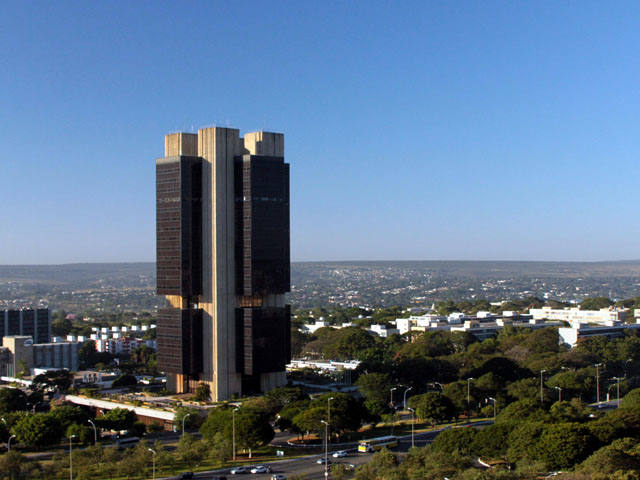Last year, Copom promoted two 1-point increases, in March and May, and two 0.5-point increases, in June and August.
Before the start of the hike cycle, the Selic rate had been reduced to 2% per year, the lowest level in the historical series that began in 1986.
Due to the economic contraction caused by the COVID-19 pandemic, the Central Bank had lowered the rate to stimulate production and consumption.
The rate was at its lowest level in history from August 2020 to March 2021.
Inflation
The Selic rate is the Central Bank’s main instrument for keeping official inflation, measured by the Broad National Consumer Price Index (IPCA), under control.
In 2022, the indicator closed at 5.79%.
Since the end of last year, inflation has been rising due to the rise in food prices and the partial reversal of tax breaks on fuel.
The index closed last year above the inflation target ceiling.
For 2022, the National Monetary Council (CMN) set an inflation target of 3.5%, with a tolerance margin of 1.5 percentage points.
The IPCA, therefore, could not exceed 5% or fall below 2% last year. For 2023, the inflation target is 3.25%, also with a margin of 1.5 percentage points, which would guarantee a range between 1.75% and 4.75%.
In the Inflation Report released at the end of December by the Central Bank, the monetary authority estimated that the IPCA would close 2023 at 5% in the base scenario. The projection, however, may be revised in the new version of the report, which will be released at the end of March.
Market forecasts are less optimistic. According to the Focus bulletin, a weekly survey of financial institutions released by the BC, official inflation is expected to close the year at 5.74%. A month ago, market estimates were at 5.31%.
More expensive credit
The increase in the Selic rate helps control inflation. This is because higher interest rates make credit more expensive and discourage production and consumption. On the other hand, higher rates hinder the recovery of the economy. In the last Inflation Report, the Central Bank projected 1% growth for the economy in 2023.
The market projects lower growth. According to the latest edition of the Focus bulletin, economic analysts predict a 0.8% expansion in the Gross Domestic Product (GDP, the sum of goods and services produced by the country) this year.
The basic interest rate is used in negotiations of public securities in the Special Settlement and Custody System (Selic) and serves as a reference for other interest rates in the economy. By adjusting it upwards, the Central Bank controls the excess demand that puts pressure on prices, because higher interest rates make credit more expensive and encourage savings.
By reducing the basic interest rate, Copom makes credit cheaper and encourages production and consumption, but weakens inflation control. To cut the Selic rate, the monetary authority needs to be sure that prices are under control and are not at risk of rising.
Source: Canal Rural

